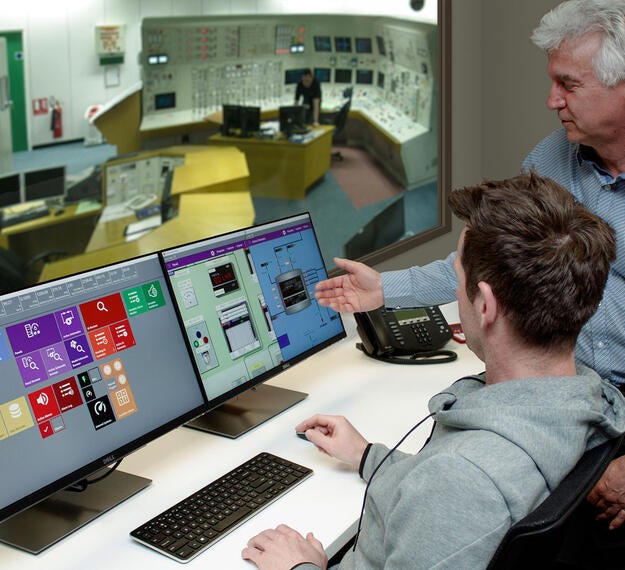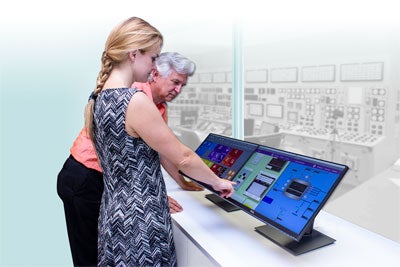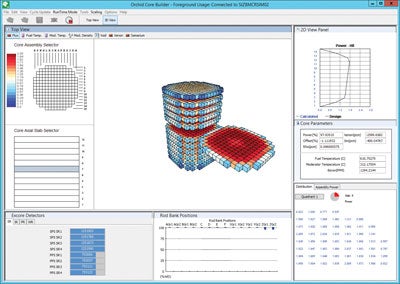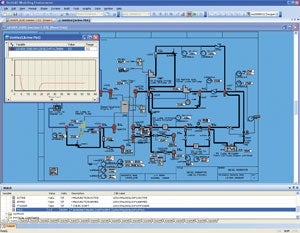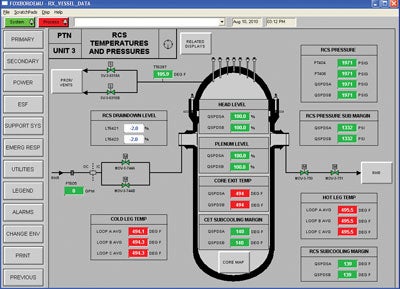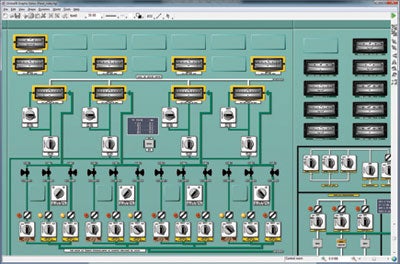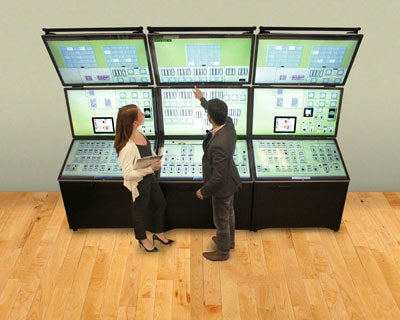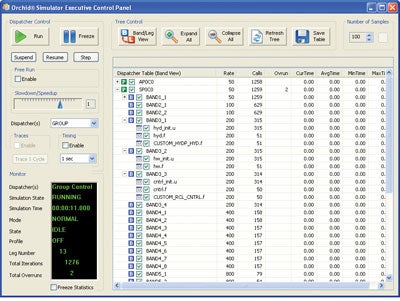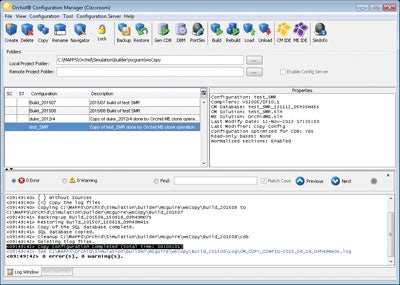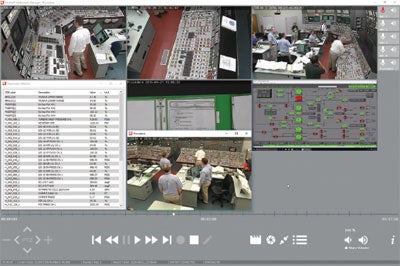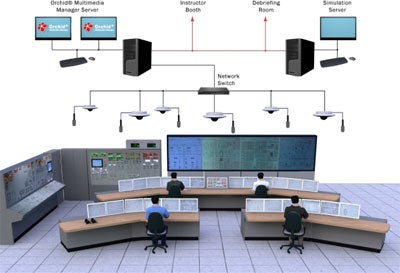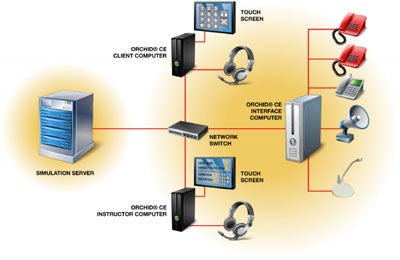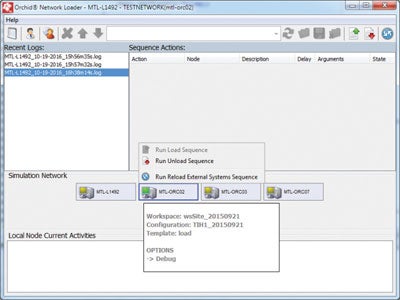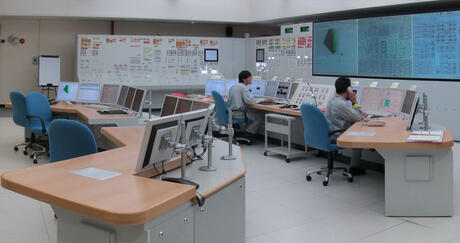

Overview
L3Harris has always been known for delivering high-quality simulators. With the Orchid product suite, L3Harris continues this tradition with a complete, cutting-edge simulation software environment.
The Orchid tools have been highly integrated to create an effective and efficient working environment. Each tool follows a standardized approach, providing the same guidelines for menu structure, icons, documentation and even training material. By focusing on the use of common icons, layouts, themes and menus, we have been able to minimize our users’ learning curve in adopting the Orchid products.

Features and Benefits
Orchid features the latest in graphical user interfaces using an enhanced, modern look and feel, and providing an unparalleled level of customizability. Each Orchid application comes loaded with new features that help our users utilize our tools as efficiently as possible. User manuals, help menus and tool tips are all accessible directly from within the tools. All Orchid® tools also come with InstallShields, making each Orchid application easy to install and to upgrade to newer versions.
Our tools are now faster and easier to maintain than ever. Orchid supports recent releases of third-party software operating systems, database management tools and software compilers.
Using important feedback from our user community, we’ve incorporated hundreds of new features, making the Orchid product suite a powerful and complete set of tools for all your simulation needs.
With our complete Orchid product suite, we continue to provide the highest standards of quality to all of our customers, aiming for even higher levels of customer satisfaction.

Power Systems Resources
View the ResourcesThe Orchid® Suite
State-of-the-art Modular Instructor Facility for Controlling Simulator Training Environments
Design-Grade Neutronics Rapid Model Development
Advanced Real-time Graphical Component-based Simulation Environment
Simulator-Ready DCS Human-Machine Interface Simulation
Development Environment for Graphical Control Panel and Purpose-built Schematics
Extending the Benefits of Classroom Simulation while Offloading the Full Scope Simulator
Graphical Real-time Simulator Task Scheduler
Fully Integrated Graphical Simulator Configuration Management Utility
Effective Training Session Monitoring and Debriefing
Emulating Multi-party Communications in Simulation Environments
Multi-Platform Distributed Simulator Component Loader
Simulator Control Room Sound and Noise Utility
Versatile Simulator I/O Communication and Diagnostics
Related Solutions

Certifications | L3Harris Montreal, Canada
LEARN MOREAffiliations










Related News

Editorial | 11. 19. 2025
Cracking the Code for Resilient, Secure Space-based Communications
L3Harris has achieved NSA Cybersecurity Directorate certification for its KSV-650. The certification represents the culmination of a multi-year development program as part of the Protected Tactical SATCOM (PTS) Space Hub Integrated Cryptographic Unit-Leading-Edge Development (SHIELD) program and continues L3Harris’ legacy of leadership in advancing secure communication technologies and protecting the nation from emerging cyber threats.
Contact Us

